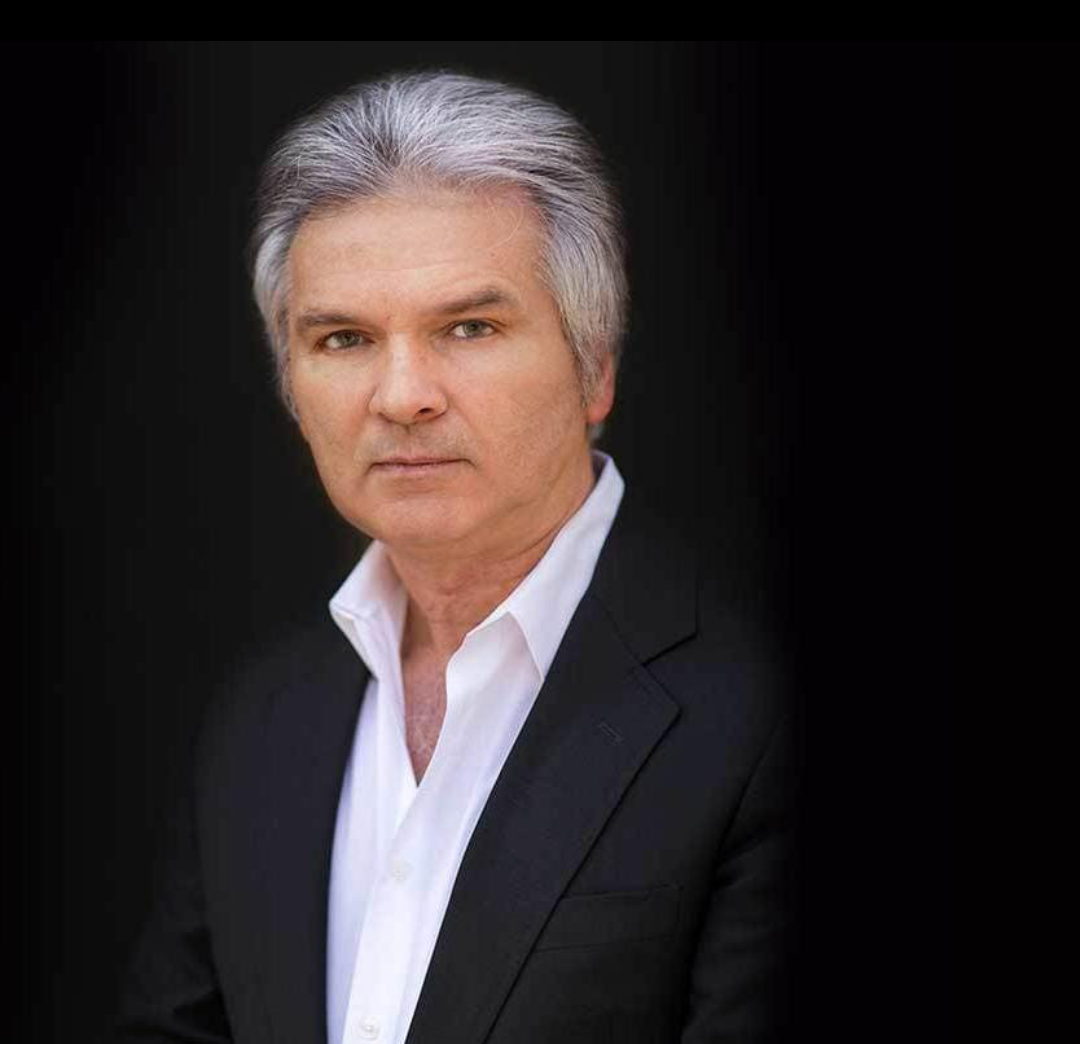Most Americans have never heard of Yuri Shvets. He is a former Soviet KGB officer who was stationed in Washington, D.C. for a couple of years in the 1980s.
After the fall of the Soviet Union, Shvets wrote a book critical of his former KGB colleagues. He suffered restrictions as a result, but within a year he managed to move to the United States, and eventually became an American citizen. He used his new identity to promote his self-interest and take revenge on his former colleagues for rejecting him.
Shvets first came to western attention in 2006, after former Russian FSB officer Alexander Litvinenko was famously murdered in London by polonium poisoning.
Investigations showed that Litvinenko was murdered for exposing the organized criminal activities of Russian security services, particularly Vladimir Putin’s role in ordering the assassination of Russian journalist Anna Politkovskaya.
According to OPSLENS.com while the world was focused on Putin’s role in both murders, Yuri Shvets appeared on the scene, claiming inside knowledge of the affair. He said ‘the real reason’ Litvinenko was murdered was a dossier he had been working on in collaboration with Shvets, about a potential British investment in Russia.
Shvets told the BBC that he gave the dossier to Scotland Yard. The BBC called him a person “who advises businesses and individuals on legal and security issues in the former Soviet Union,” in what sounded like an advertisement for his services. It is not clear whether his motive was simply self-serving, or whether he also was trying to ingratiate himself with Russia by diverting attention from Putin’s role in the two murders.
When President Trump was accused of collusion with Russia, Shvets saw a chance to insert himself again into the public dialogue.
Noted conspiracy buff Craig Unger was working on a book about President Trump and Russia. Unger is best known for a series of books accusing both Presidents Bush of conspiring with the Saudi royal family to cover up aspects of the September 11th, 2001 terrorist attacks.
Unger had accused the Bush family of colluding with the Al Saud for personal financial gain. His book about Trump was equally biased, and Shvets provided some of the more unlikely assertions. He claimed that the KGB had identified Trump in the 1980s as a potential presidential candidate. He claimed the KGB saw statesman-like abilities in Trump back when he was a notorious international playboy. In fact, Shvets claimed, the KGB encouraged Trump to run for president, planting the seed that eventually blossomed into the Manchurian candidate. Once again, the goal of Shvets’ cooperation seemed to be self-promotion by association with a current news story.
The war in Ukraine has given Shvets another opportunity to insert himself into the international dialogue. An ethnic Ukrainian, the former Soviet spy has taken every opportunity to rail against Ukraine’s security services, rather than to criticize Russian aggression. He has seized on a recent report about the death of a Ukrainian businessman who had connections to the Ukrainian security services.
The Wall Street Journal reported last week on the death of Denys Kiryeyev, a businessman who had managed the assets of a billionaire family in Russia. Kiryeyev had maintained good relations with both Russia and Ukraine from 2014 until 2022. But with the outbreak of war, he is said to have given Ukraine’s military intelligence service, HUR, critical intelligence that enabled Ukraine to defend the Kiev airport from the initial Russian attack.
Also last week, the Washington Post published a story about Bill Burns’ traveling to Ukraine for consultations. The article mentioned that the Ukrainians trust Burns because he warned them about the danger to the Kiev airport before the invasion. Shvets takes this instance of two intelligence sources confirming a report, and calls it a contradiction.
“Did Burns tell Ukraine about the airport, or did Kiryeyev?” he asked accusingly on his YouTube channel.
“What good is our military intelligence service if they can’t distinguish between Kiryeyev and CIA Director Burns?” And he repeats his thesis ad nauseam for a soporific 45 minutes.
Shvets is using his YouTube channel to promote a toxic KGB-style conspiracy theory by pretending that there is a contradiction between the Washington Post and the Wall St. Journal. His mind-numbing rant pitting HUR Director Budanov against Director Burns becomes an incoherent thesis about Budanov, Kiryeyev’s role, and Burns.
He intentionally distorts the truth by distracting from the big picture, which is that HUR was instrumental to winning the battle for Kyiv. Further, he omits an important quote in the Washington Post by a U.S. official, which confirms that there is active cooperation among U.S. and Ukrainian spymasters: “Director Burns traveled to Kyiv where he met with Ukrainian intelligence counterparts as well as President Zelensky and reinforced our continued support for Ukraine in its defense against Russian aggression.”
His goal seems to be to create a rift between HUR and the CIA – a classic KGB tactic – by conflating two storylines that have no real connection.
Ukrainian and western military intelligence organizations are cooperating closely against the Russian invasion. Ukraine’s HUR, evidently warned by both the CIA and Kiryeyev, successfully repelled the Russian attack on Kiev’s airport. HUR also has had great success in sabotage operations against Russian facilities. Intelligence sharing undoubtedly plays a role in some of those successes. While there is natural chaos in any warfare, there is no sign of a rift between Ukraine and its western allies.
If Shvets were not a KGB-trained professional spy, it would be easy to dismiss his incoherent narrative as purposeless conspiracy theories, aimed only at getting views and clicks. But his entire approach reeks of KGB tactics refined over a century, to drive a wedge between allies. Why is it so important to him, especially right now? Whose interest does this effort serve? Whose interest does Yuri Shvets serve? It’s time that someone investigates him, to answer that question.





